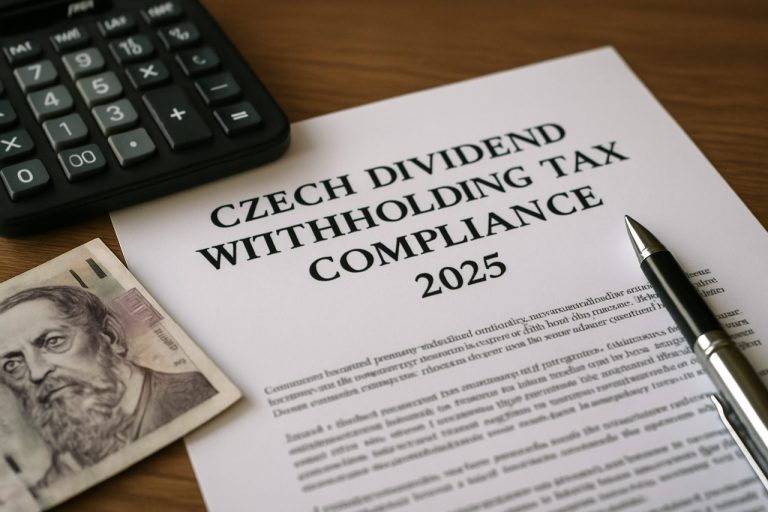
- HMRC, the UK’s tax authority, plays a crucial role in sustaining public services and shaping national prosperity.
- Born from a 2005 merger, HMRC’s mission extends beyond tax collection to fighting evasion, advising policymakers, and ensuring compliance.
- The digital transformation has enhanced HMRC’s efficiency through data analytics, AI, and user-friendly digital platforms.
- HMRC faces challenges like tax gaps and evasion, costing billions annually, prompting ongoing reforms and international cooperation.
- Public engagement with HMRC is vital for maintaining and enhancing societal trust, stability, and economic vitality.
- HMRC is more than a tax entity; it is a key player in the UK’s economic future, balancing tradition with modernization.
In the bustling streets of London, where modern architecture rubs shoulders with history, beats the often overlooked but vital core of the nation’s economic health – the Inland Revenue, now known as Her Majesty’s Revenue and Customs (HMRC). More than just a tax collector, this institution is the invisible lifeline that sustains public services, from the towering hospitals to the humblest local schools.
Picture this: In a nondescript government building, hundreds of workers activate a sophisticated web of systems that powers the treasury’s inner workings. With focus and precision akin to an orchestra, they harmonize figures that can shift a nation’s fortunes. Yet, often these efforts go unseen, floating beneath the surface of public consciousness like the undercurrents of the Thames.
HMRC was born from reform. Established in 2005 through the merger of the Inland Revenue and Her Majesty’s Customs and Excise, its mission was to streamline revenue collection. This formidable entity’s responsibility extends beyond calculating taxes. It fights tax evasion, advises policymakers, ensures compliance, and ultimately ensures that the nation’s coffers brim with potential for future growth and prosperity.
Imagine tax inspectors – not as the dour officials often depicted – but as sentinels of the country’s economic vitality. Their values lie in fairness, transparency, efficiency, and service. With an eagle eye for detail, they scrutinize accounts with a dedication that sees beyond numbers to the greater good of societal trust and stability.
Every April, amid the rejuvenation of spring, the UK population engages with HMRC for the end and start of the fiscal year. This ritual ensures that public services remain operational, that roads remain walkable, and that the realms of possibility keep expanding for millions.
The digital age has transformed this mammoth task. HMRC leverages advanced technology – using data analytics to predict trends, artificial intelligence to enhance compliance, and digital platforms to make filing less daunting. Gone are the days of daunting paperwork; the cloud has replaced clutter, and efficiency reigns supreme.
Yet, HMRC’s story is also one of challenges. Tax gaps, affecting the nation’s morale and pockets, pose continual threats. Tax evasion alone costs billions annually. To counter this, HMRC embarks on constant adaptations, from implementing robust legislation to enhancing international cooperation.
The takeaway from this ever-evolving saga? The UK’s Inland Revenue is more than an entity collecting taxes. It’s a crucial player in the nation’s prosperity. As citizens, engaging with HMRC actively and honestly lays the foundation for a brighter, more equitable future.
In the relentless march towards modernization, the Inland Revenue remains the steady pulse that ensures every part of the intricate tapestry of the United Kingdom stays intact. As we continue to navigate through the ever-shifting economic landscapes, remember that beyond the balance sheet, it fuels the nation with hope and possibility.
The Hidden Power of HMRC: More Than Just Taxes
Her Majesty’s Revenue and Customs (HMRC), rooted in the heart of London, carries an underappreciated yet monumental responsibility for the United Kingdom, extending far beyond mere tax collection. Establishing this agency in 2005, following the merger of the Inland Revenue and Her Majesty’s Customs and Excise, marked a pivotal moment in the Treasury’s evolution, aligning with modern challenges and opportunities. Here we delve deeper into aspects of HMRC that often remain in the shadows but are crucial for a holistic understanding.
Advanced Technologies and HMRC
HMRC’s digital transformation signifies a leap into modernization, utilizing cutting-edge technologies to enhance efficiency and service delivery. Some notable advancements include:
– Data Analytics and Predictive Modeling: HMRC employs data analytics tools to identify tax trends and potential evasion risks. This proactive approach allows the agency to forecast and address compliance issues before they escalate.
– Artificial Intelligence (AI): AI applications help streamline processes such as fraud detection and compliance enforcement, offering precision and speed that surpass traditional methods.
– Digital Tax Accounts: With the Making Tax Digital initiative, individuals and businesses can now manage their tax affairs online, simplifying the process of filing returns and reducing errors associated with manual submissions.
Economic Influence and Impact
As HMRC ensures the smooth operation and collection of taxes, its role in shaping the UK’s economic landscape is profound. Here’s how:
– Public Service Funding: Revenue generated by HMRC funds crucial public services, directly impacting healthcare, education, and infrastructure.
– Market Stability: By maintaining fair and transparent tax practices, HMRC fosters a stable business environment, ensuring investor confidence and economic growth.
Challenges and Limitations
Despite technological advancements and strategic initiatives, HMRC faces several ongoing challenges:
– Tax Evasion and the Tax Gap: HMRC deals with a significant tax gap, due mostly to fraud and error. Combating this involves multi-faceted strategies such as legal reforms and greater international cooperation to clamp down on cross-border tax evasion schemes.
– Public Perception and Compliance: Ensuring compliance while maintaining a positive public perception remains a delicate balance. Continued efforts towards transparency and education are essential for reinforcing trust.
Pros and Cons Overview
Pros:
– Enhanced efficiency through digital transformation.
– Increased transparency and ease of filing taxes.
– Significant role in funding public services and aiding economic stability.
Cons:
– Persistent challenges with tax evasion and the tax gap.
– Public skepticism and the complexity of tax laws can deter compliance.
Real-World Use Cases
– Small Businesses: Digital platforms provided by HMRC allow small and medium enterprises (SMEs) to integrate tax management with existing financial software, reducing administrative burden and increasing compliance rates.
– Personal Finance Management: Individuals can now set up and manage their taxes through user-friendly digital accounts, making personal tax management more accessible and less intimidating.
Actionable Recommendations
– Stay Informed: Regularly visit the HMRC website for updates on tax laws and filing processes. Engaging with official resources can ensure compliance and avoid penalties.
– Utilize Digital Tools: Adopt available digital tools and platforms for efficient tax management and filing, saving time and reducing errors.
– Consult Professionals: For complex scenarios, seeking advice from tax professionals can aid in understanding obligations and optimizing tax strategy.
The story of HMRC illustrates a narrative of constant evolution and adaptation in the face of economic and technological changes. As citizens and businesses continue to engage with this pivotal institution, the promise of a fair, efficient, and prosperous future becomes more attainable. For further official information and updates, visit the UK Government’s official website.



